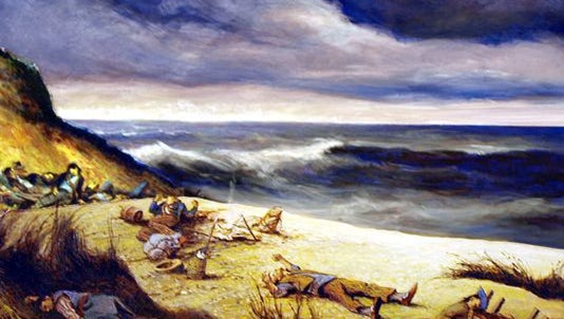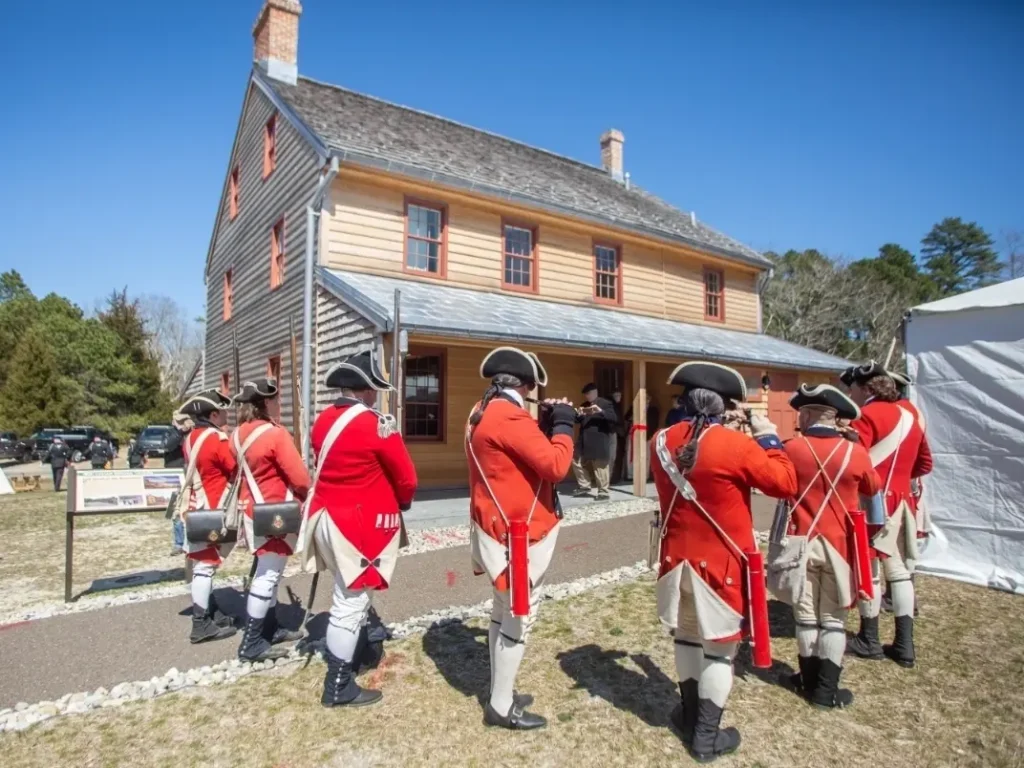
A Private Revolution
by Captain Robert C. Brazill
The fight for freedom during the American revolution was not solely waged by traditional armies and navies, sanctioned by the British Empire and the governments of the colonies. These fighting forces did do their share in the war, winning or losing epic engagements and battles. Both sides had their military geniuses, charlatans, heroes, and knaves. Yet the outcome was not completely decided by state sanctioned forces.
The geography of the contested lands, as well as the seaboards, was of such immense size that what was won was not easily held. Armies and navies could not police the waters and lands, which were taken and retaken by both sides.
To augment standing forces, both sides turned to the private sector. Civilian militias and naval forces were employed. The King and the colonies both authorized the forming of private armies, or militias. Small navies and individual vessels were authorized to fight at sea. The militia and navies were given “Letters of Marque”, which authorized them to act for King or colonies, and not liable for hanging for piracy or robbery, and King or colonies shared in the loot. The economic pressure from civilian activity, and protest from the British population, as much as anything ended the war.
This story has three main events. They are the massacre at Long Beach, which involved Patriot and loyalist naval privateers. The battle of Cedar Bridge tavern, fought by militias and was the final battle of the revolution, and the hunt for Bloody John Bacon, Loyalist privateer and militia leader.
The story is told by a modern-day charter boat captain to his customers while fishing the waters where the massacre occurred.



